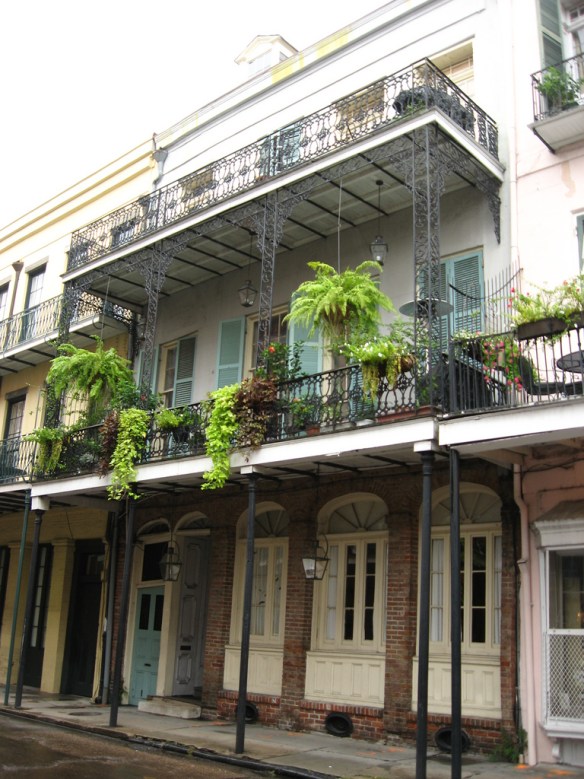
My short article, Ensuring That Homeownership Is Sustainable, was just published in the Westlaw Journal, Bank & Lender Liability. It opens,
The Federal Housing Administration has suffered as a result of many of the same unrealistic underwriting assumptions that led to problems for many lenders during the 2000s. It, too, was harmed by a housing market as bad as any since the Great Depression.
As a result, the federal government announced in 2013 that the FHA would require the first bailout in the agency’s history. While facing financial challenges, the FHA has also come under attack for the poor execution of policies designed to expand homeownership opportunities.
Leading commentators have called for the federal government to stop having the FHA do anything but provide liquidity to the low end of the mortgage market.
These critics rely on a few examples of agency programs that were clearly failures, but they do not address the FHA’s long history of undertaking comparable initiatives.
In fact, the FHA has a history of successfully undertaking new homeownership programs. However, it also has operational flaws that should be addressed before it undertakes similar future homeownership initiatives.
INTRODUCTION TO THE FHA
Mortgage insurance is a product that is paid for by the homeowner but protects the lender if the homeowner defaults on the mortgage. The insurer pays the lender for losses it suffers from the homeowner’s default. Mortgage insurance is typically required for borrowers who have limited funds for down payments.
The FHA provides mortgage insurance for loans on single family and multifamily homes, and it is the world’s largest government mortgage insurer. Other significant providers are the Department of Veterans Affairs and private companies known as private mortgage insurers.
Mortgage insurance makes homeownership possible for many households that would otherwise not be able to meet lenders’ underwriting requirements.
Just like much of the federal housing infrastructure, the FHA has its roots in the Great Depression. The private mortgage insurance industry, like many others, was decimated in the early 1930s. Companies in the industry began to fail as almost half of all mortgages went into default. The government created the FHA to replace the PMI industry, which remained dormant for decades.
In the Great Depression, the housing markets faced problems that were similar to those faced by the same markets in the late 2000s. These problems included rapidly falling housing prices, widespread unemployment and underemployment, the rapid tightening of credit and — as a result of all of those trends — much higher default and foreclosure rates.
The FHA noted in its second annual report, issued in 1936, that the “shortcomings of the old system need no recital. It financed extensive overselling of houses at inflated values, to borrowers unable to pay for them.” Needless to say, the same could be said of our most recent housing bust.
Over its lifetime, the FHA has insured more than 40 million mortgages, helping to make homeownership available to a broad swath of American households. Indeed, the FHA mortgage has been essential to America’s transformation from a nation of renters to one of homeowners.
The early FHA created the modern American housing finance system, as well as the look and feel of post-war suburban communities through the construction standards the agency set for the new houses it insured.
The FHA has also had many other missions over the course of its existence — and a varied legacy to match.
Beginning in the 1950s, the FHA’s role changed from serving the entire mortgage market to focusing on certain segments. This changed mission had a major impact on everything the FHA did, including how it underwrote mortgage insurance and for whom it did so.
In recent years, the FHA has come under attack for poorly executing some of its attempts to expand homeownership opportunities, and leading commentators have called for the federal government to stop assigning such mandates to the agency. They argue that the FHA should focus only on providing liquidity for the portion of the mortgage market that serves low- and moderate-income households.
These critics rely on a couple of examples of failed programs, such as the Section 235 program enacted as part of the Housing and Urban Development Act of 1968 and the American Dream Downpayment Assistance Act of 2003.
Those programs required borrowers to make only tiny and sometimes even nominal down payments. The government enacted the Section 235 program in response to the riots that burned through American cities in the 1960s. It was intended to expand homeownership opportunities for low-income households, particularly black ones.
The American Dream program was also geared to increasing homeownership among lower-income and minority households. The crux of the critique of these programs is that they failed to ensure that borrowers had the capacity to repay their mortgages, leading to bad results for the FHA and borrowers alike.
Notwithstanding these failed initiatives, the FHA has a parallel history of successfully undertaking new homeownership programs. These successes include programs for veterans returning home from World War II, a mission that was later handed off to the VA.
At the same time, historically the FHA has clearly suffered from operational failures that should be addressed in the design of any future initiatives.
Unfortunately, the agency has not really grappled with its past failures as it moves beyond the financial crisis. To properly address operational failures, the FHA must first identify its goals. (6-7, footnote omitted)
Like this:
Like Loading...








